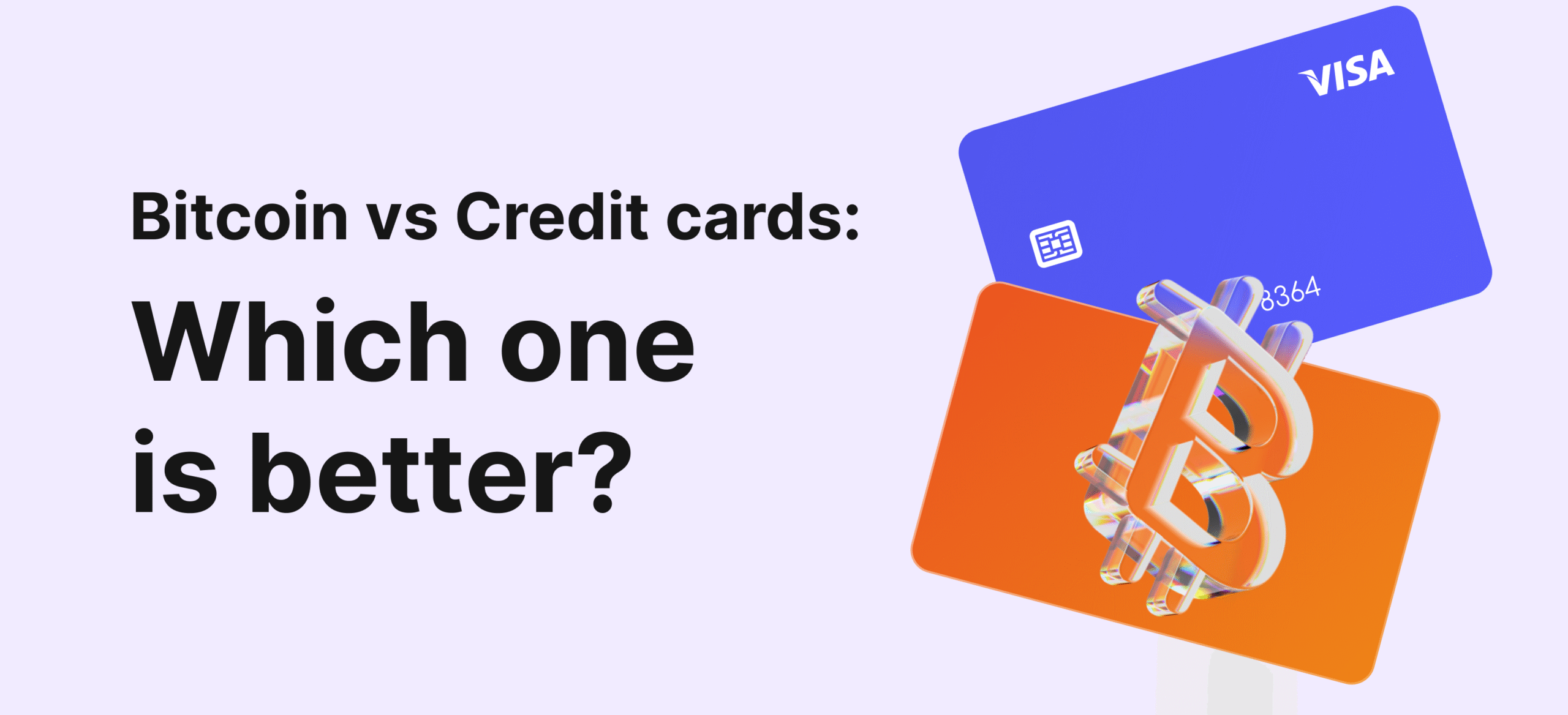In a rapidly evolving financial landscape, the emergence of cryptocurrencies juxtaposed with traditional payment methods such as credit cards offers an intriguing juxtaposition. Bitcoin, as a pioneer of the cryptocurrency revolution, has garnered substantial attention, especially concerning its utility in transactions versus conventional finance systems. A comprehensive examination of how these two payment modalities work entails diving into intricate technical frameworks and discerning economic implications.
To understand Bitcoin’s workings, one must first explore its foundational architecture, which is predicated upon a decentralized ledger known as the blockchain. The blockchain operates on a peer-to-peer network where transactions are recorded in a series of blocks linked together in a cryptographic chain. This decentralized nature eliminates the necessity for intermediaries like banks, thereby reducing transaction costs and increasing speed. In essence, when a Bitcoin transaction is initiated, it is broadcast to the network where miners validate it through complex cryptographic puzzles. Upon reaching consensus, the transaction is added to the blockchain, making it immutable and transparent.
Conversely, credit card transactions hinge upon a centralized system governed by financial institutions and payment processors. When a consumer purchases an item using a credit card, their information is sent to a merchant’s bank, which subsequently requests authorization from the credit card issuer. This process, although streamlined in modern contexts, involves several intermediaries, including payment gateways, acquirers, and networks like Visa or MasterCard. Here, the authorization process can lead to delays, especially during high traffic periods, a fundamental limitation in contrast to the immediate processing capabilities of Bitcoin.
The architecture of credit card processing is not without its implications. A consumer’s information is often stored and managed by multiple entities, heightening the risk of data breaches and identity theft. Furthermore, the transaction fees associated with credit card payments can vary, generally ranging from 1.5% to 3.5% of the total transaction amount. These fees are oftentimes a burden for merchants, which is a factor that facilitates the appeal of Bitcoin as an alternative payment solution.
When considering transaction speed, Bitcoin presents a double-edged sword. Transactions can be finalized relatively rapidly, often within ten minutes, contingent upon the network’s current load. However, during times of high activity, this speed can drastically decrease as miners become overwhelmed. In stark contrast, credit card transactions typically occur within seconds; however, they are reliant on banking hours, which can delay processing during holidays and weekends. Consequently, while Bitcoin possesses potential for speed, it simultaneously grapples with scalability challenges that traditional methods circumvent.
Another layer of complexity exists in the fee structures of these payment systems. Bitcoin transactions are often subject to a variability in fees based on network demand. Users may opt to pay higher fees to expedite transaction confirmation. In times of low activity, transaction costs can be negligible, potentially rendering Bitcoin a more cost-effective solution for larger payments. Credit card networks, while predictable in fee structures, typically leave merchants vulnerable to surcharges, which can accumulate significantly over time, undermining profit margins.
Scrutiny surrounding Bitcoin often brings forth concerns related to its volatile pricing. This volatility can pose challenges for merchants accepting Bitcoin as a form of payment. Prices can fluctuate drastically within short timeframes, engendering risks that do not typically accompany credit card transactions where payment amounts are fixed. While this volatility is primarily tied to speculative trading, it accentuates a pivotal consideration: Bitcoin may be more suited to certain transactions rather than everyday purchases.
Another compelling aspect of Bitcoin is its inherent pseudonymity. In traditional payment systems, transactions are linked to personal information which can result in data profiling and unwanted scrutiny. Bitcoin transactions, while traceable through the blockchain, do not directly correlate with identifiable personal data unless linked by third-party exchanges or wallets. This characteristic attracts users who prioritize privacy and anonymity in their financial engagements, creating a different kind of fascination beyond mere monetary transactions.
Furthermore, as globalization expands, Bitcoin presents an opportunity for a more inclusive financial ecosystem. Individuals in underbanked regions may lack access to traditional banking institutions, yet may own a mobile device capable of managing a cryptocurrency wallet. Bitcoin, thus, offers a potential pathway to financial inclusion, enabling greater participation in worldwide commerce and investment opportunities, circumventing geographic limitations.
High transaction costs and lengthy approvals associated with credit cards further bolster the case for adopting Bitcoin in cross-border transactions. Currency conversion fees and international transaction delays can impose significant challenges. Bitcoin does not discriminate against national boundaries, allowing users to sidestep such exorbitant costs and inefficiencies often characteristic of credit card use in global commerce.
As financial landscapes continue to shift towards digitalization, discerning the nuances within payment ecosystems elucidates the complexities of consumer choice. The comparative agility and relative anonymity of Bitcoin stand in contrast to the reliability and instantaneity of credit card transactions. Each system carries its merits and drawbacks, intertwined with the larger tapestry of economic behavior, market principles, and technological advancement.
In conclusion, the interplay between Bitcoin and credit card transactions illustrates not merely a battle of payment methods but a transformation in how consumers, merchants, and financial institutions approach economic interactions. This exploration of their mechanisms unveils broader implications for the future of finance, revealing a realm where the integration of technology and economy continuously evolves, prompting both excitement and wariness among users globally.








Leave a Comment